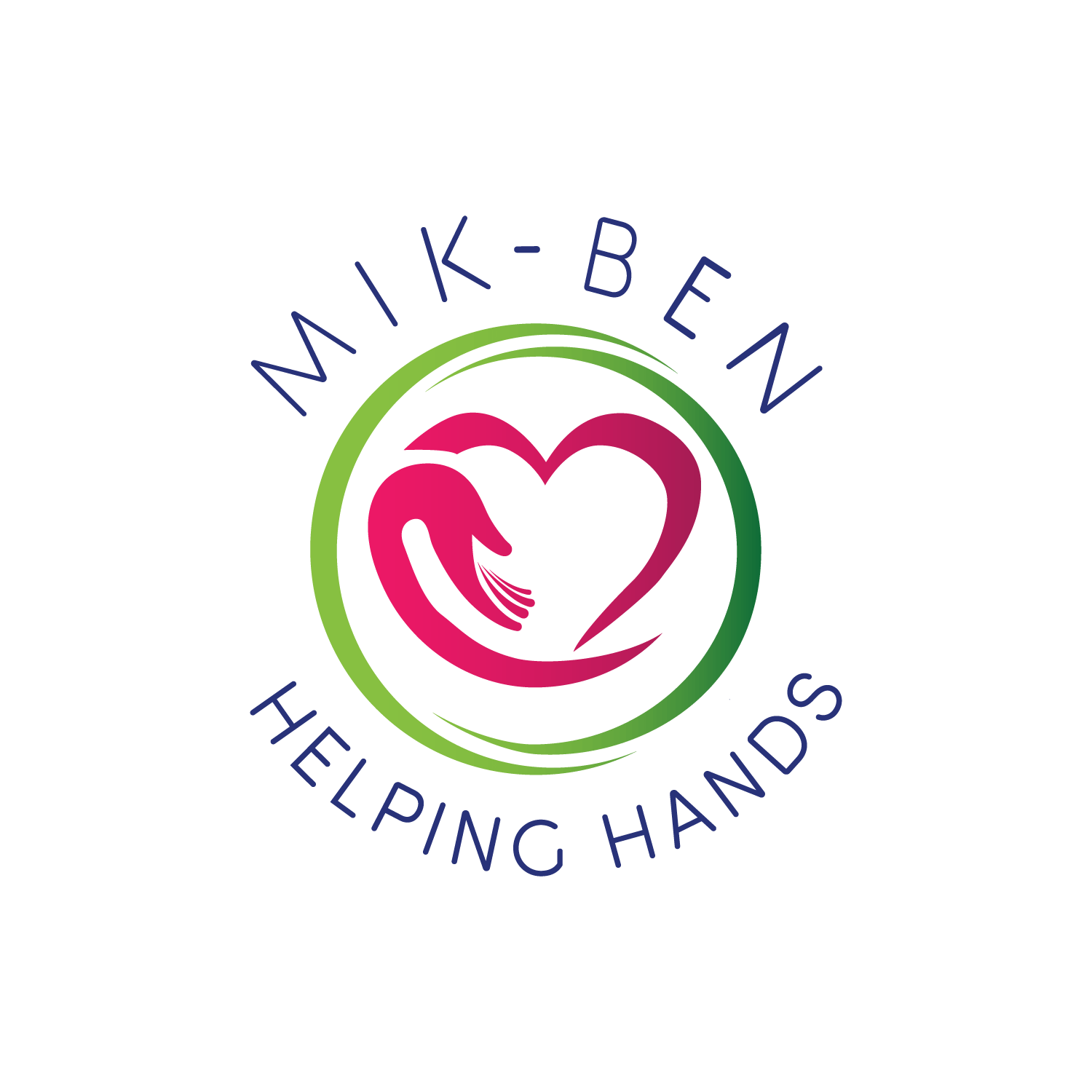Monitoring Technology Helps Keep Seniors Safe
Seniors raised on “The Jetsons” and “Star Trek” have lived to see some of the imagined technologies of those popular works of fiction come true.
What was once fanciful speculation is now real life. Many technology tools exist today to help aging adults stay safe and the people who care about them stay informed about their well-being.
Why Remote Monitoring for Seniors?
In this digital age, various monitoring devices allow remote tracking of what’s happening with a senior’s health. Remote monitoring can offer peace of mind for loved ones and providers who can’t always visit Mom or Dad, Grandma or Grandpa in person.
Growing numbers of adult children find themselves entrusted with being stewards of their senior parents’ health even as parents age in place at home. That responsibility often comes on top of working a job and raising kids. Taking time to make sure a senior is OK can be hard enough even when family members live in the same city, but it’s especially challenging when distance is involved. When you can’t be there physically and a phone call or video chat just won’t do, a monitoring system can offer real-time insight into how a senior is doing.
Remote-Monitoring Options
Remote-monitoring technology ranges from wearable pendants and bracelets that get activated in the event of a fall or accident to passive sensors around the home that detect a senior’s movement, time of the activity, and where the activity took place. Anything amiss in terms of routines, patterns or behaviors prompts an alert to family or professional caregivers so they can take action if warranted.
Sensors are placed in specific areas such as on refrigerator doors and exterior doors, and around the bedroom and living room. These sensors detect motion (most without cameras), and some have technology that compares current activities with normal routines to help family or friends, as well as senior care professionals, spot adverse changes in an elderly person’s condition or lifestyle—changes in condition that, if left untreated or undetected, could prove life-threatening. One example is a sensor near a bathroom door that detects it opening and a senior’s movement in the bathroom, but then the movement suddenly stops. It could be that the senior fell in the shower and needs help. The monitoring system can identify an abnormality such as this and send an alert to a predetermined support person.
Many of these systems come with Alexa-enabled features and smartphone apps.
Whether worn or installed, discreet electronic motion detectors can be particularly important for seniors who are living alone and have one or more medical conditions. An intuitive system can help identify changes that make the senior more susceptible to falls, or if a fall does occur, it can be the lifeline that gets needed medical help on-site in a timely manner. If the senior is prone to wandering off due to early onset dementia, a remote-monitoring system can be the difference between knowing and not knowing about roaming incidents and taking the necessary precautions to ensure safety or to seek a next level of care. Embedded GPS locators can pinpoint where the senior goes.
Monitoring is another layer of security to guard against uninvited visitors preying on the elderly.
Far from Big Brother’s eyes and ears robbing one’s autonomy, remote monitoring is an unobtrusive way for caring individuals to assess how a senior is getting along at any given time. The vital activity data collected can help make informed decisions about lifestyle changes to improve well-being. It’s not about controlling a senior, but giving them the support they need to maximize their health and independence, and to keep them as safe as they can be.
It’s the next best thing to being there or to telehealth.
Senior Remote-Monitoring Key Features
Depending on your budget and your loved one’s health profile and wishes, elderly monitoring can range from comprehensive coverage via cameras and sensors to basic Life Alert® (“I’ve fallen and I can’t get up!”®) devices. Some systems utilize sensors without cameras. Others have audio and video components. Areas of the home can be blurred out as requested to ensure privacy.
The first remote home care systems monitored babies. Many of those products today have adaptable features for elderly monitoring.
Some monitors on the market are audio activated, others are face-recognition activated, and still others offer both capabilities.
In the past, caregivers had to stay within a certain range to stay connected to monitors, but today’s systems allow for unlimited range thanks to smartphones, tablets and other devices. That way you can be anywhere when an alert is sent to your device. Some systems allow for two-way communication. Most systems automatically alert rescue or health care professionals to emergency scenarios.
Here are some senior-monitoring smart features to look for:
- You want something easy to set up and operate that has seamless, compatible functionality. No one needs a tech headache when health and safety are at stake.
- If it’s vital that you know where and how your loved one gets around and that you receive reports of any falls or accidents they experience, then look for full motion detection that covers all or as much of the home as possible.
- If you need visual documentation of events that occur inside or outside the home, make sure the monitoring records and stores what its cameras see and that you can download the content on demand.
- More communication options are better than fewer. If you or the senior you care for need to reach each other or medical professionals, you want the means to do that when a health or safety event happens.
- If the senior needs reminders about daily life and self-care tasks, such as medication intake, consider a system that helps with those things.
Systems range in price, and few come with every feature included. Make sure you understand what is needed for the system to operate properly, such as a requirement for Wi-Fi or a cellular data plan. Some solutions also require a monthly subscription fee.
Remember, when customizing services for your loved one, it’s not about having every doodad or gadget or option in place, it’s about choosing what’s right for you and for the senior in your life. Every situation and family is different. No one-size-fits-all system exists. You can always add to or delete from your monitoring suite of services as events demand.



